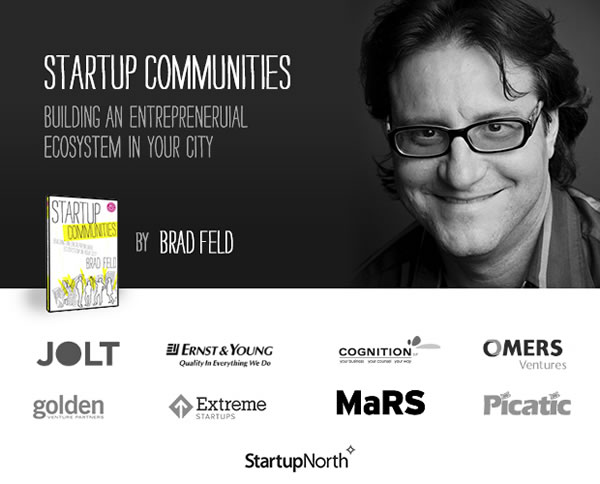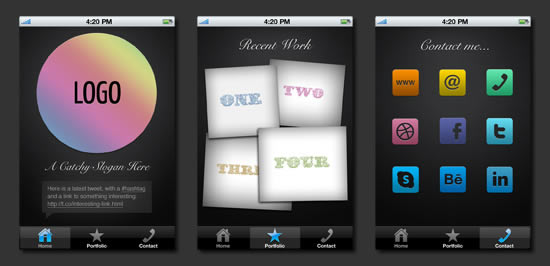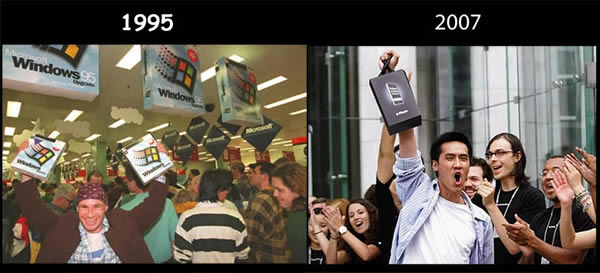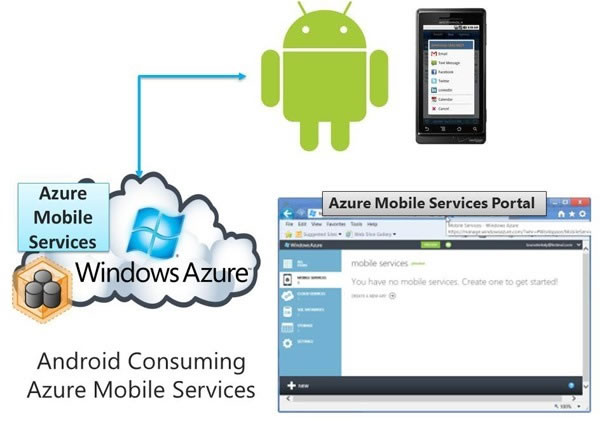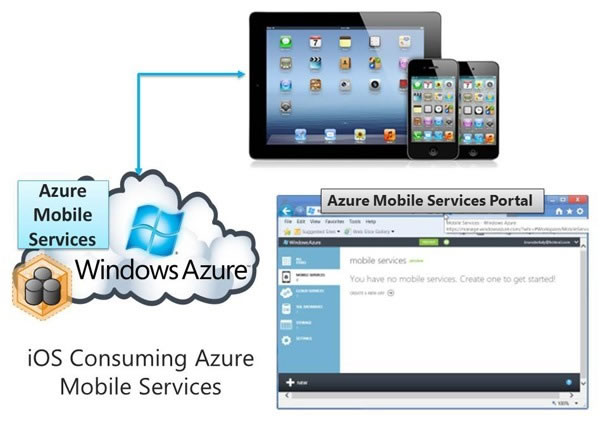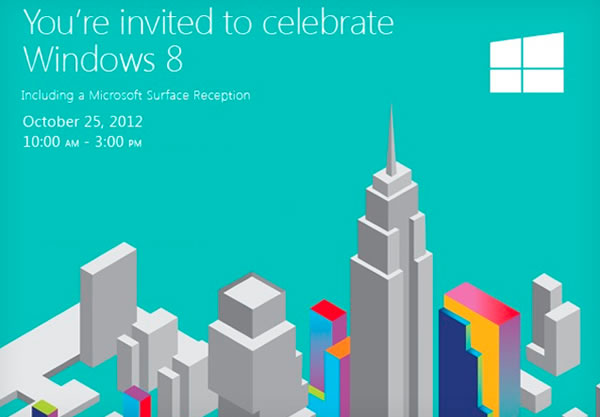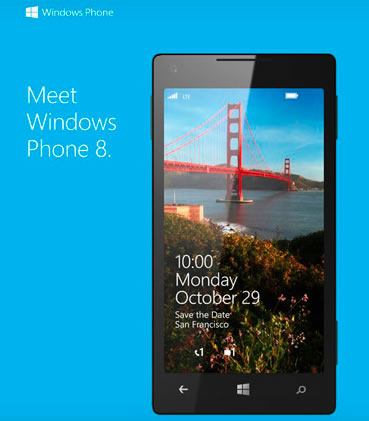Click the photo above to register for the event.
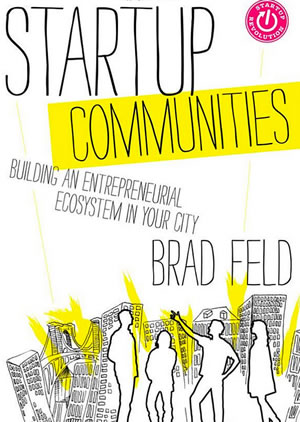 Brad Feld, managing director at Foundry Group, cofounder of TechStars, investor, entrepreneur and author of so many books with colons in the title:
Brad Feld, managing director at Foundry Group, cofounder of TechStars, investor, entrepreneur and author of so many books with colons in the title:
- Do More Faster: TechStars Lessons to Accelerate Your Startup,
- Venture Deals: Be Smarter Than Your Lawyer and Venture Capitalist,
- Brad Feld’s Burning Entrepreneur: How to Launch, Fund and Set Your Startup on Fire!
- and the just-published Startup Communities: Building an Entrepreneurial Ecosystem in Your City
is appearing in Toronto on Tuesday, October 30th at 6:00 p.m. in the Toronto Reference Library at an event being put together by the find folks at StartupNorth and with the help of a lot of sponsors.
The evening will feature cocktails, networking and a discussion on how to make Toronto a better place for startups. There’s a $25 registration fee for this event, which includes a copy of Startup Communities: Building an Entrepreneurial Ecosystem in Your City in either dead-tree or DRM’d PDF format (the Canadian list price for the hardcover edition is $30, so it’s a pretty good deal).
William Mougayar recently wrote a review of Startup Communities in the Startup North blog, in which he explains Feld’s “Boulder Thesis”, which he describes as “a fresh framework that is based on pragmatism and lower barriers of entry” and “all about on-the-ground reality as a lever to making things happen.” Feld prefers real get-stuff-done events such as “hackathons, New Tech Meetups, Open Coffee Clubs, Startup Weekends, and accelerators” over more-fluff-than-stuff ones like “entrepreneurial award events, periodic cocktail parties, monthly networking events, panel discussions, and open houses”, arguing that they “go deeper into the entrepreneurial stack”.
Want to attend this event? Register now!
This article also appears in The Adventures of Accordion Guy in the 21st Century.
